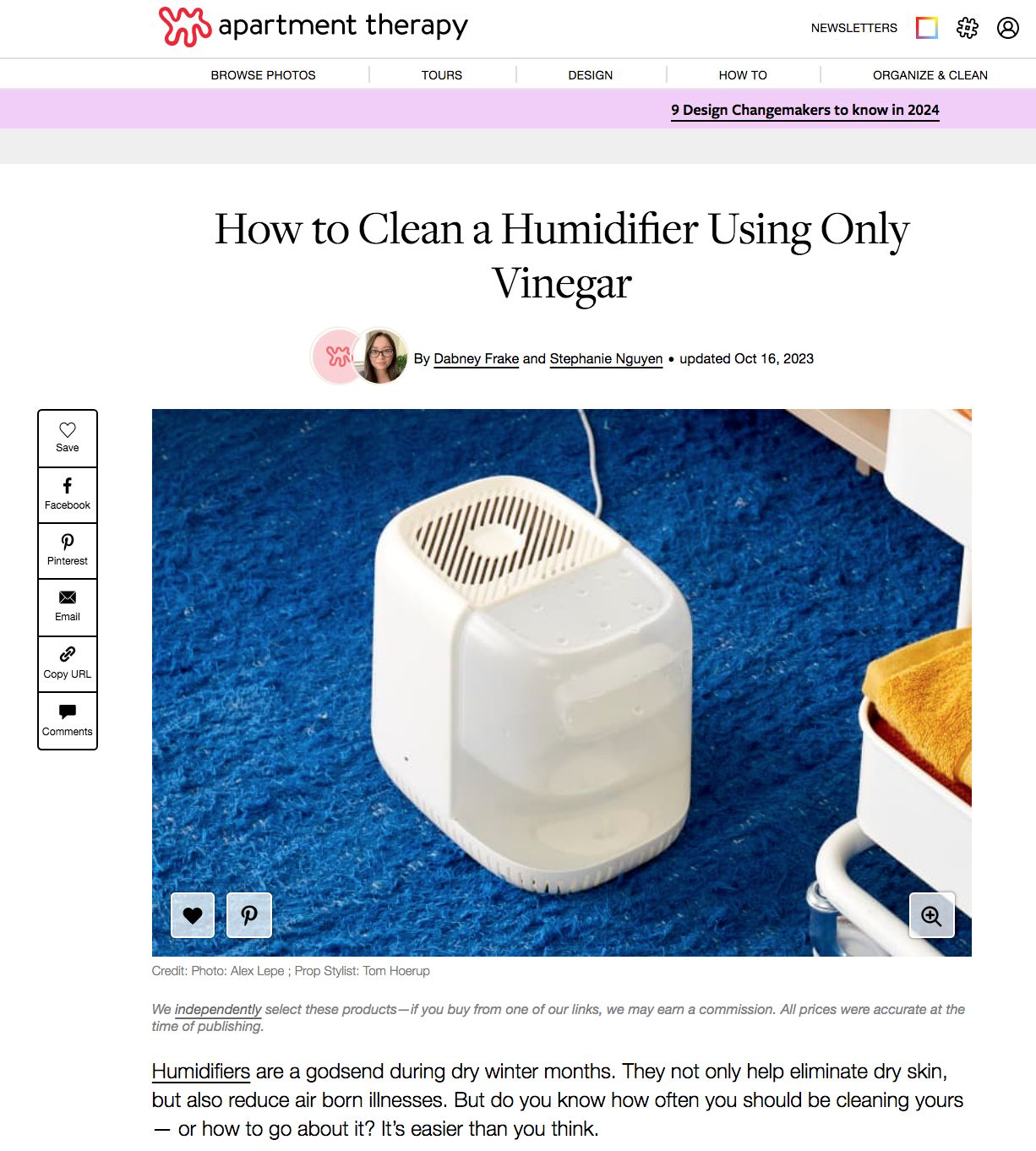blog
Topic Post 1
What Is a Blog Post?
A blog post is a piece of writing typically published on a website’s blog that presents information, opinions, experiences, or insights on a particular topic. Blog posts vary in length. And can include text, images, or videos, depending on the topic.
For instance, travel blogs are often rich in visuals. Showcasing the beauty or uniqueness of the places described.
Like this blog post from travel blog Nomadic Matt:
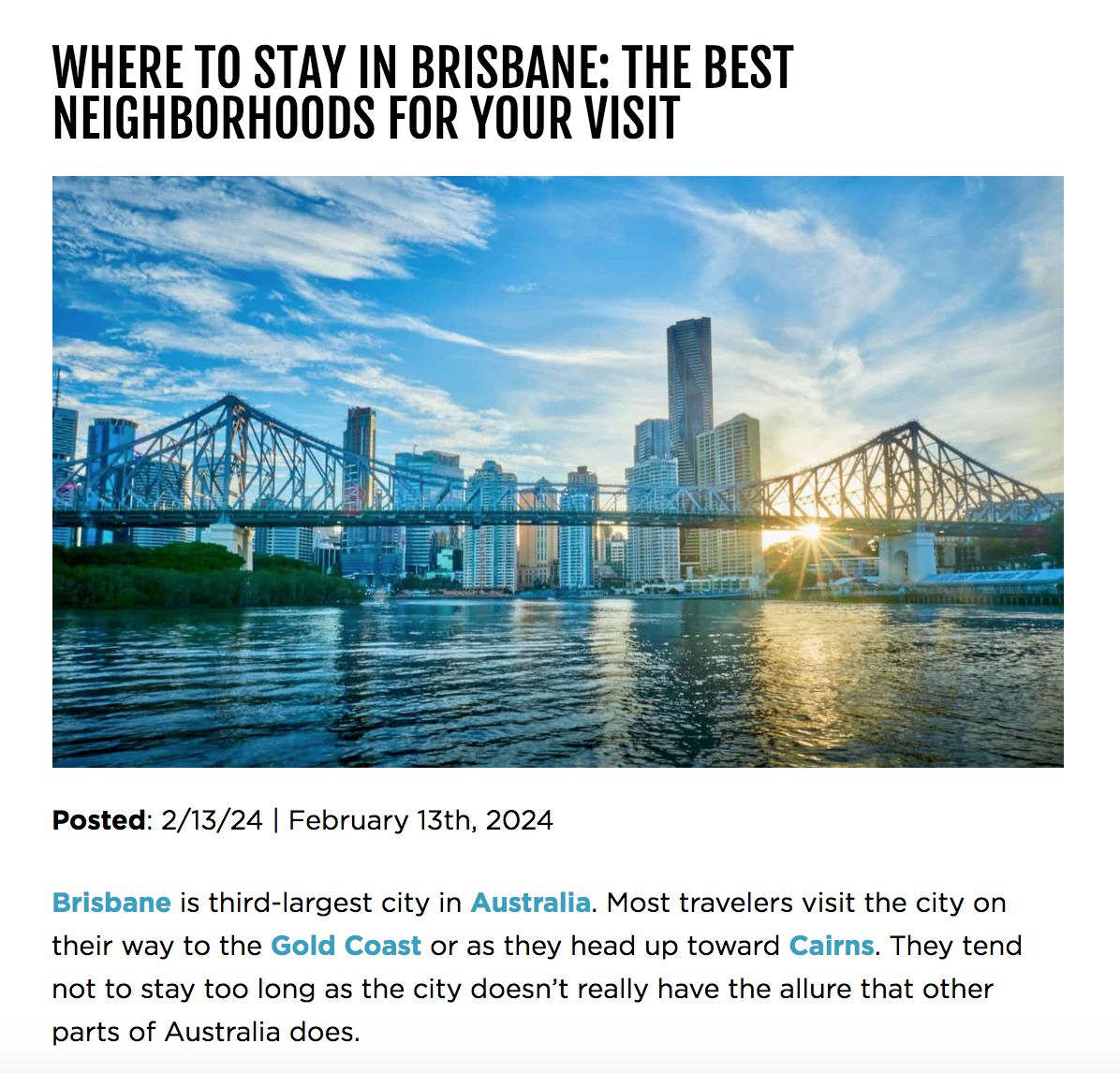
Business blog posts tend to be text-heavy. Focusing on data, expert interviews, industry news, statistics, and other helpful insights.
Like this blog post on Entrepreneur:
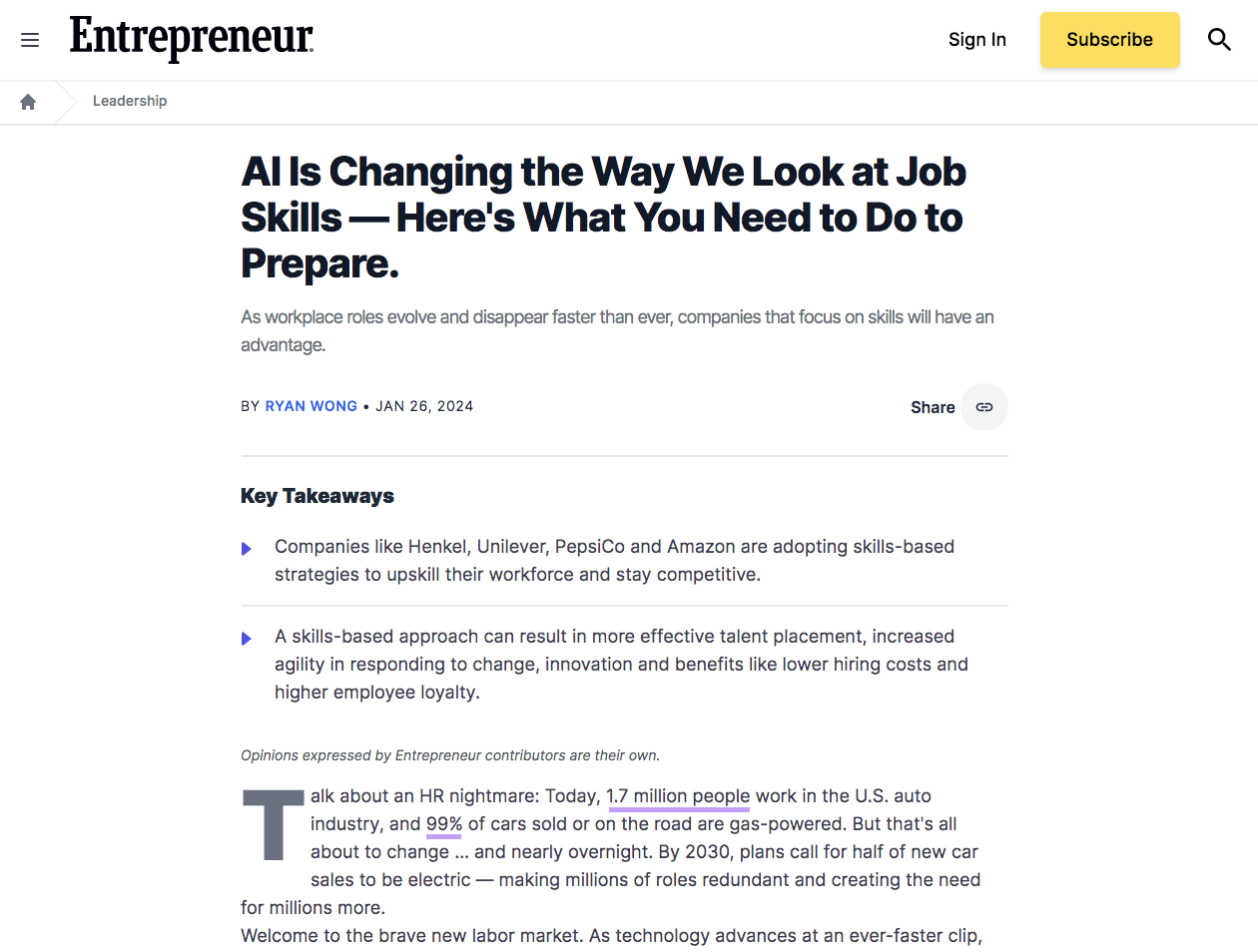
What Is a Blog?
A blog, or weblog, is a regularly updated website (or page on a website) that features blog posts on various topics. The content is usually written in a conversational style, addressing the reader directly.
How Does Blogging Benefit Your Business?
Blogging has many potential benefits. Here, we look at the top advantages of creating blog posts for your business.
Builds Authority and Trust
Blogging can be a powerful tool if you’re looking to establish authority in your industry.
By consistently creating valuable and informative content, you can demonstrate expertise. And engage with your audience in meaningful ways.
Here’s how blogging helps build authority:
- Showcases expertise: Blog posts that tackle industry issues, explain complex concepts, or provide how-to guides showcase your depth of knowledge. This helps position you as a thought leader in your industry.
- Improves SEO: Well-crafted blog posts that incorporate relevant keywords can improve a website’s search engine rankings. Higher visibility in search results can lead to increased website traffic. And leads.
- Builds trust: By providing valuable content without a hard sell, businesses can build trust with their audience
Gives You Full Control
With a blog, you have full control over the content you publish. Including the length, format, and topics you cover.
Blogging platforms like Medium and social media sites like Facebook can remove content at any time. And for any reason.
This may happen if what you write goes against their guidelines, someone (such as a competitor) reports your posts, or the platform goes out of business.
Builds Internal Links
Another advantage of blogging is that it lets you build internal links, which can improve website navigation. Internal links connect various pages of your website, guiding customers through relevant content and product pages.
A streamlined path makes it easier for customers to find and explore your products and other pages.
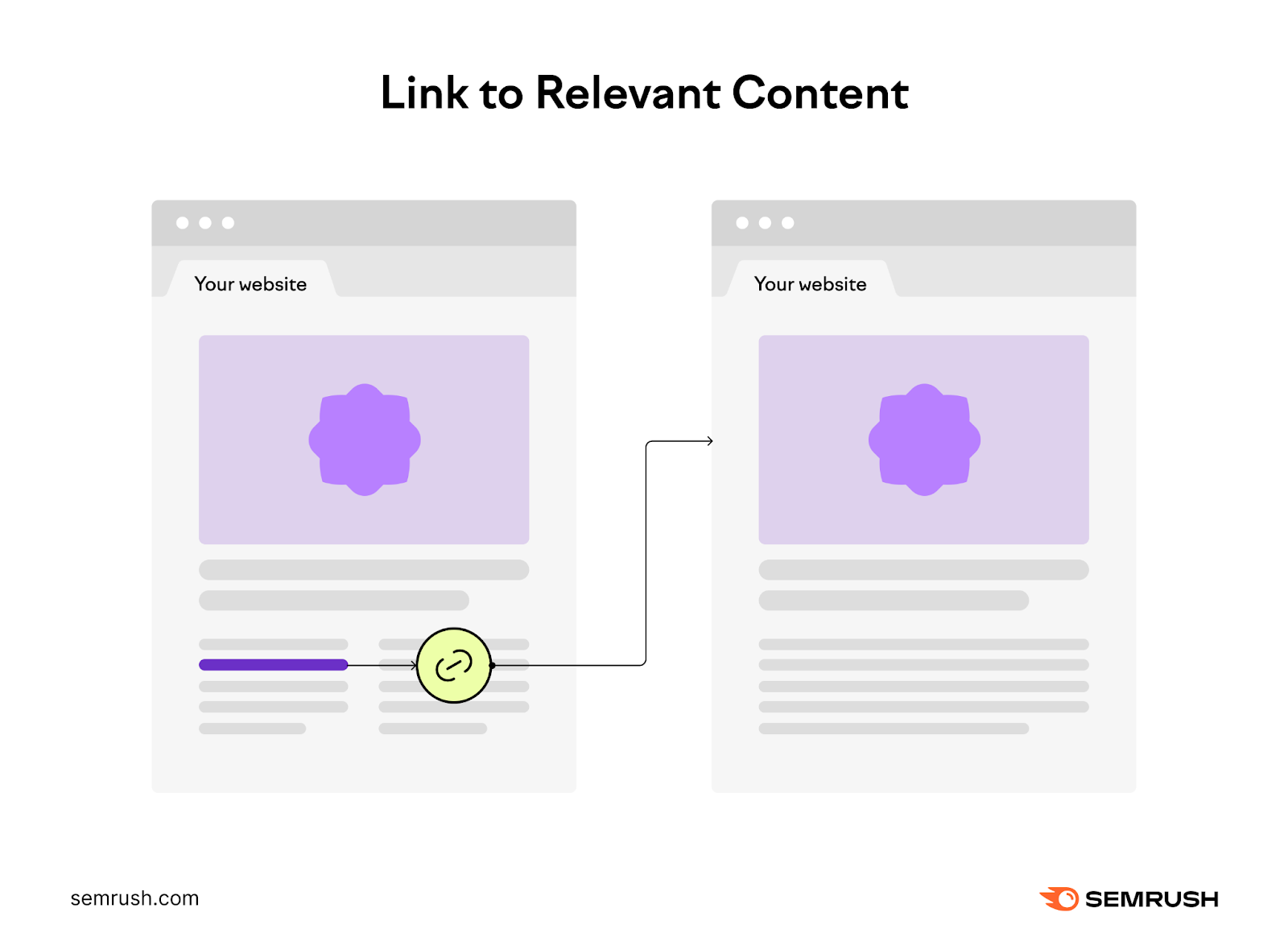
Let’s say you run an online store selling dietary supplements. You write about the benefits of protein on your blog. And link to product pages selling protein powder, protein bars, or other related products.
If your blog post is relevant and engaging, readers might click those links. And purchase the products you mentioned.
Improves Traffic and Visibility
Incorporating SEO best practices into your content may lead to higher rankings, resulting in more traffic and exposure.
For example, optimizing each blog post for specific keywords, such as “whey protein powder” or “vegan protein bars,” can help you get more targeted organic traffic. Keywords are search terms used by consumers to find information or products online.
Additionally, readers may share your blog posts on social media. Which can further boost website traffic and brand awareness.
Increases Backlinks
Blog posts are a great way to build backlinks for your website or blog. Backlinks are incoming links from one website to another, acting as votes of confidence that help signal your site’s authority to search engines.
High-quality backlinks can help boost your search engine rankings. And lead to more traffic.
The more traffic you get, the likelier your target audience is to discover your brand and products. Some may become paying customers. And help spread the word about your business.
Lets You Target Users in All Funnel Stages
Blogging lets you create content for each stage of the marketing funnel. Which can help you attract, convert, and retain customers.
Here’s a quick look at how to apply the marketing funnel to blog content:
- Top of the funnel (ToFu): Create how-to posts, listicles, infographics, and other types of content for new audiences. These people are just discovering your blog, products, or services. The goal is to build awareness of the problem you can solve.
- Middle of the funnel (MoFu): Produce longer, more in-depth content, such as ultimate guides, case studies, and comparison posts, for readers who are already familiar with your business. At this point, you’ll want to generate interest in your offerings.
- Bottom of the funnel (BoFu): Go into detail about the products or services you promote on your blog with detailed reviews and product demos. Your readers are ready to take the desired action (e.g., book a consultation)—they just need an extra push.
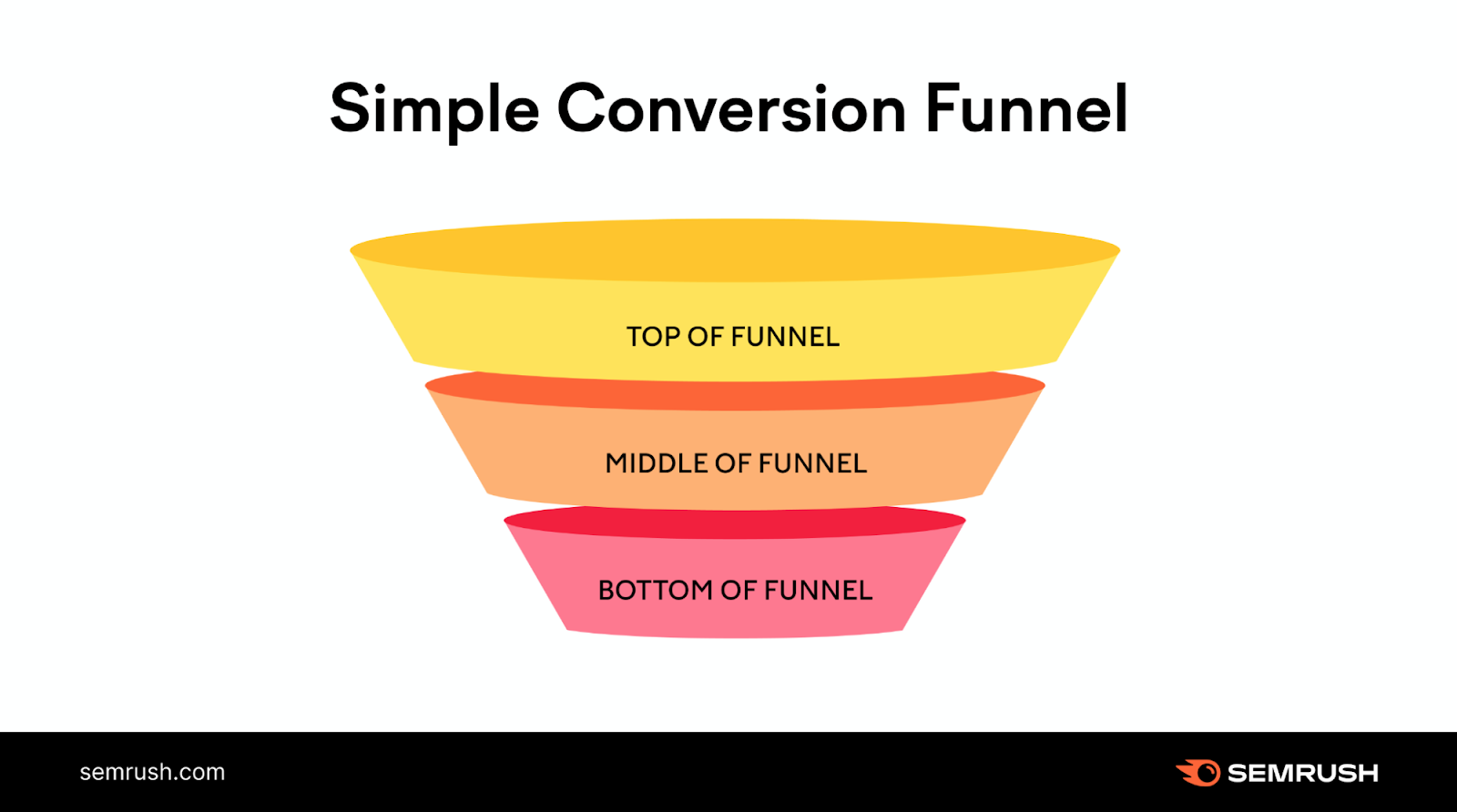
Further reading: ToFu, MoFu, BoFu: A Practical Guide to the Conversion Funnel
6 Effective Blog Post Formats
There’s more than one way to format blog posts, depending on where your target audience is in the funnel. And your goals for the content.
With that in mind, let’s see some of the most common types of blog posts.
1. Listicles
Listicles are articles or blog posts organized in list format.
For example, a blog post titled “Top 10 Movies to Watch This Weekend” or “10 Must-Have Kitchen Appliances Every Home Needs” would be considered a listicle.
Use listicles to break complex topics into smaller, more manageable chunks. And share tips, strategies, products, or ideas.
For instance, Healthline uses this format to cover complex topics in a clear and engaging manner.
Below, you can see a listicle blog post about health and nutrition, broken down into 27 tips.
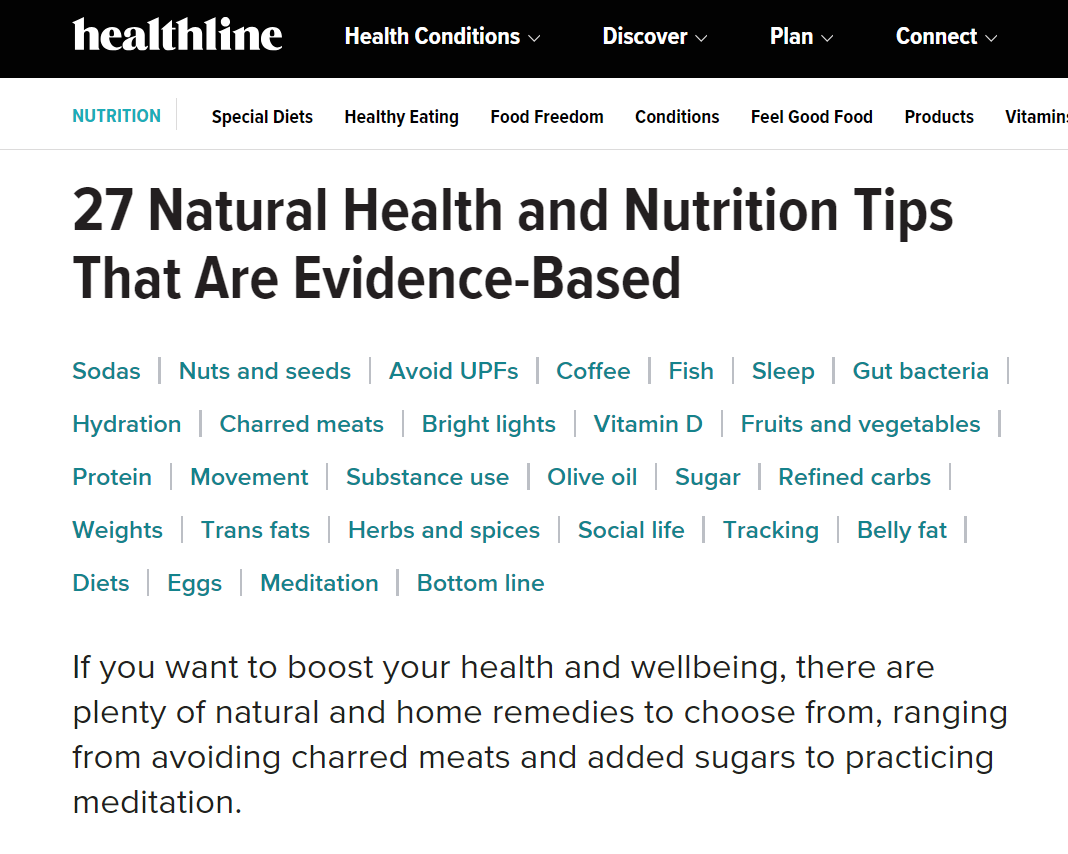
Each tip is numbered and covers one idea, such as “Don’t fear coffee” and “Eat fatty fish.”
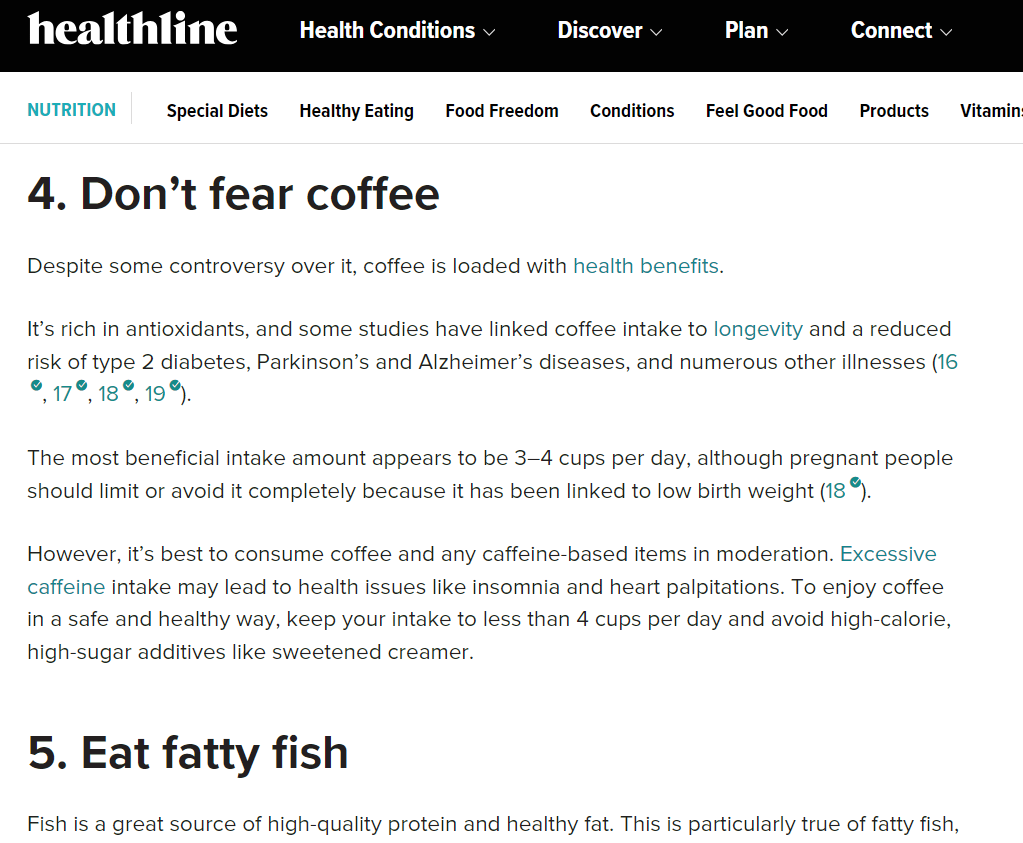
Listicles are easy to read and highly shareable. Which can help you reach a wider audience. As a result, they tend to attract more traffic and links, increasing your visibility online.
2. “How-To” Blog Posts
How-to content provides actionable insights that help readers grasp complex concepts or learn something new. It may also answer common questions on a given topic or introduce new concepts.
For example, the following Shopify blog post shows readers how to start an online store.
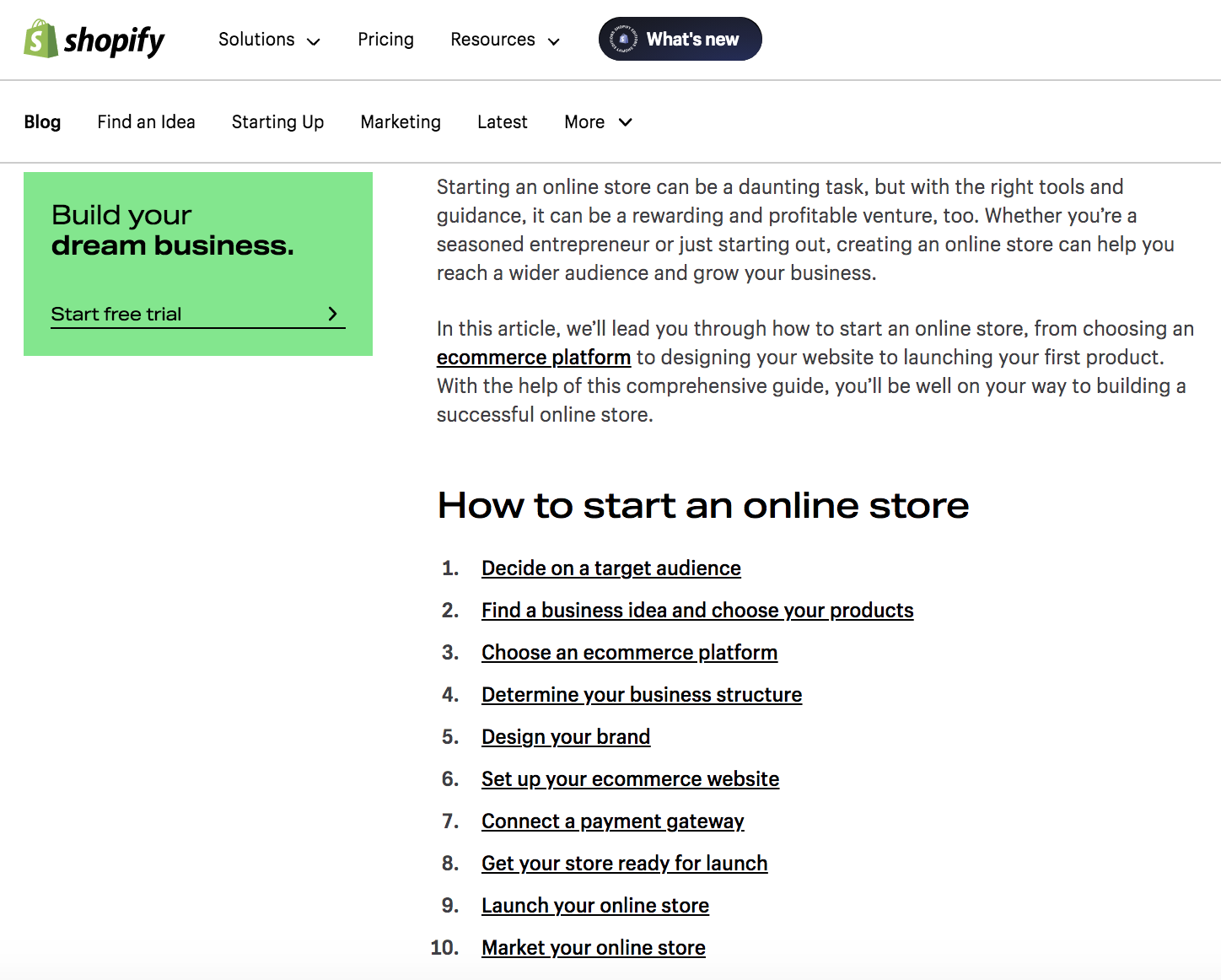
The article consists of 10 steps that guide users through the process. From choosing a target audience to promoting their store.
Apartment Therapy published a short how-to post on how to clean a humidifier using only vinegar.
